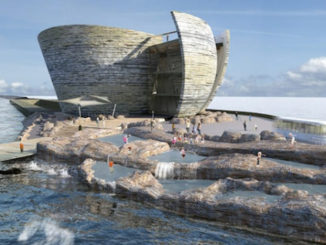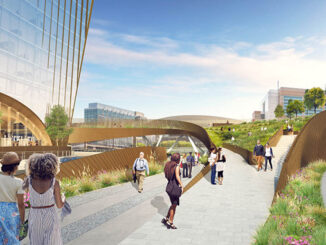The Grayson Play-Lab is reimagining education by learning from Neolithic observatories.
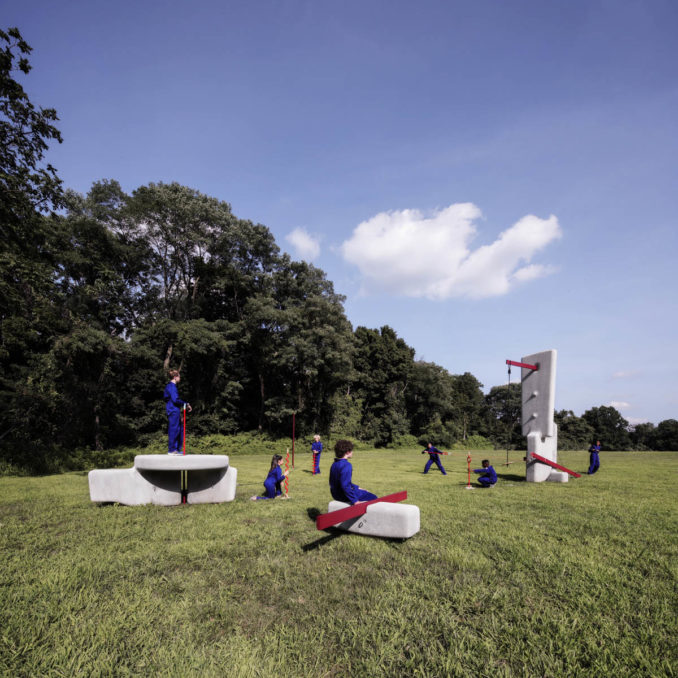
As schools prepare for the return of students, questions remain about how to balance effective education within the confines of pre-pandemic classrooms. A recent report from Harvard’s Chan School of Public Health is calling for maximizing physical distancing through known procedures, as well as taking the classroom outdoors. Early childhood education already includes imaginative play in the form of recess, but middle and upper school students are rarely educated outside. This is not only a pandemic-related issue, but also a pervasive assumption that children age their way out of play in adolescence.
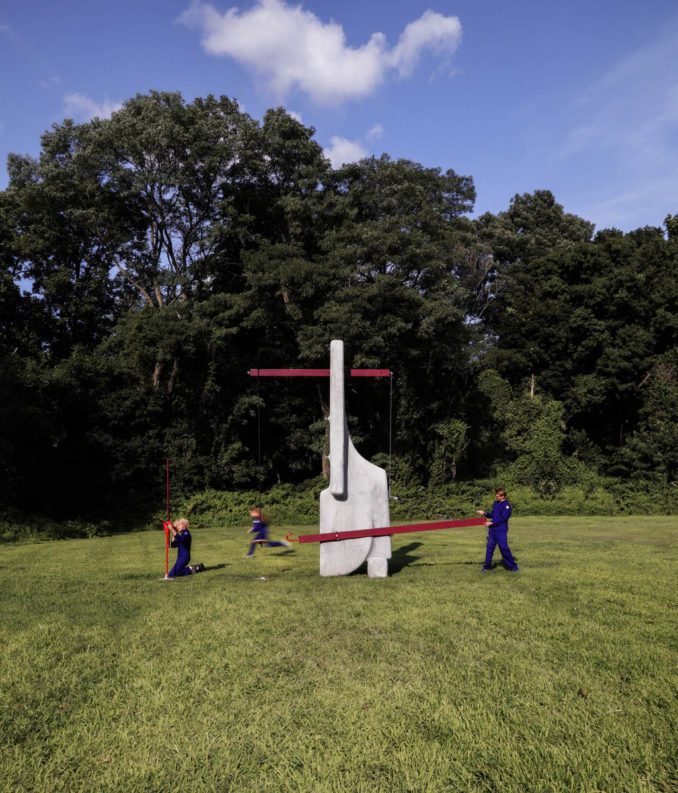
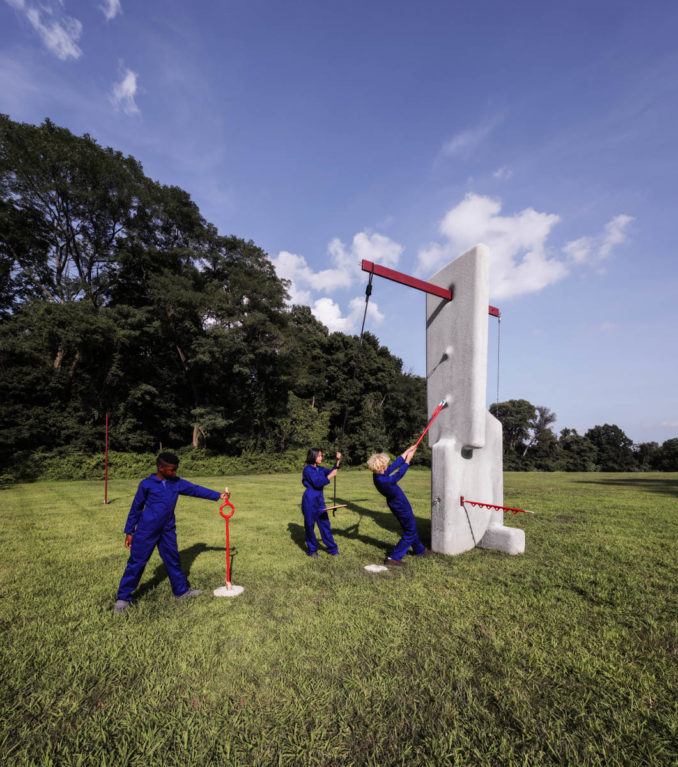
“We know that play is an essential component for educating children of all ages. When students (and adults) engage in play, they unleash creativity and problem-solving; experience wonder and joy; and develop teamwork and persistence. At this moment, it is crucial that we continue to have a dedicated focus on play, and that we re-imagine education to leverage the potentials of learning outdoors.” — Melissa Bilash, The Grayson School
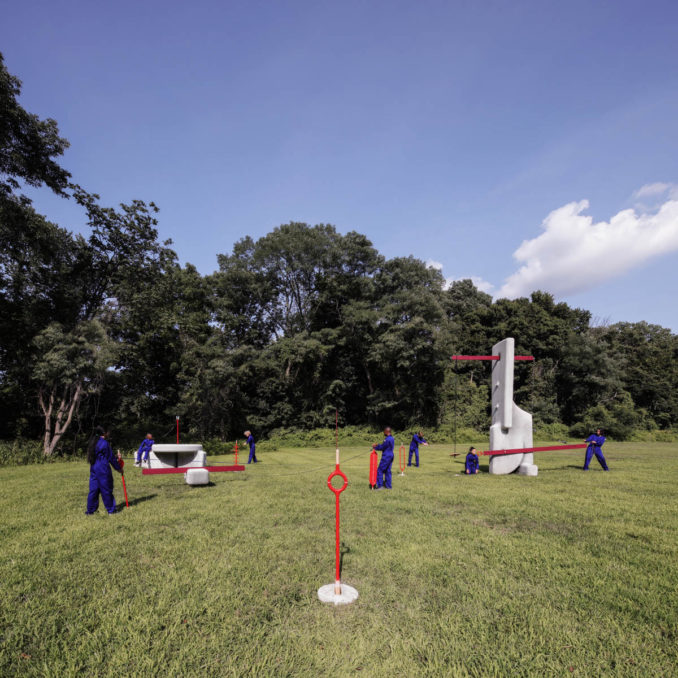
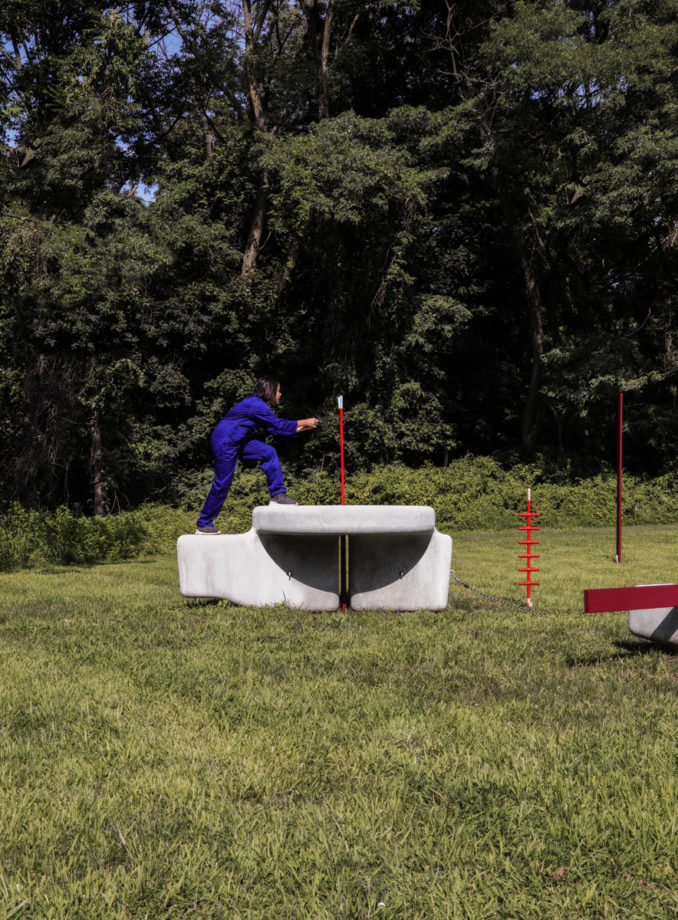
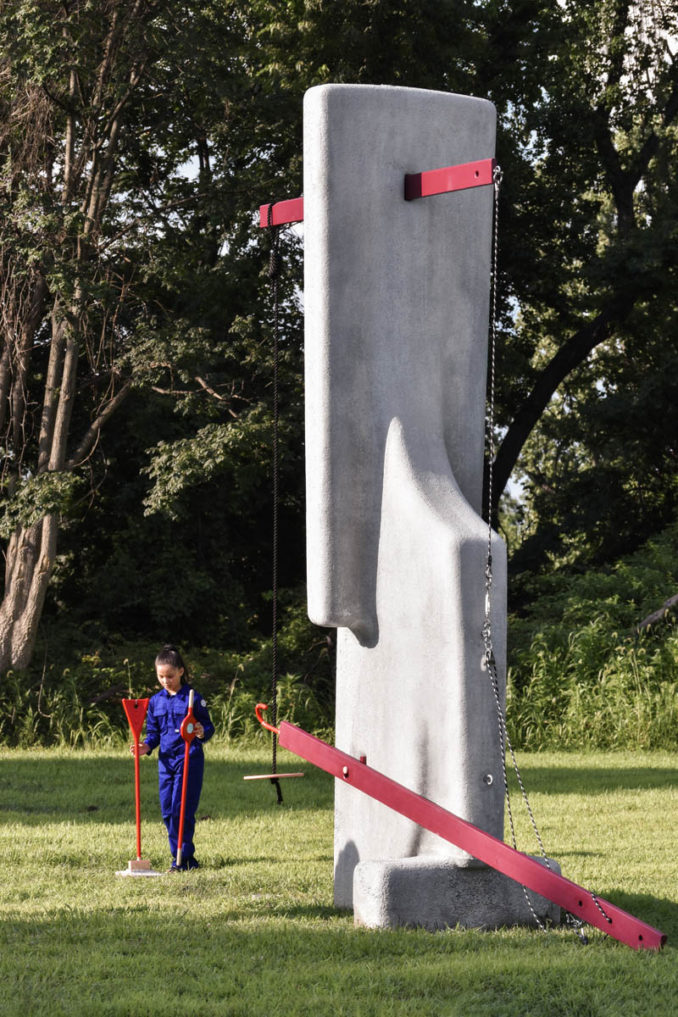
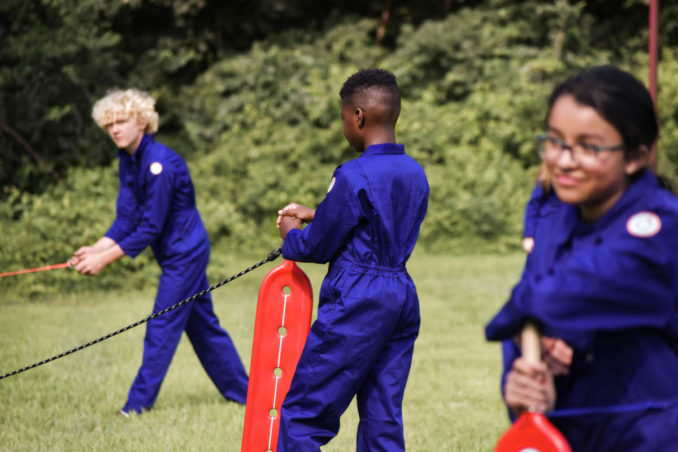
As leaders in innovative educational practices for gifted students, The Grayson School challenged Matter Design to provide a play space for their upper-grade students and teachers that would ignite an age-appropriate version of imaginative learning. In partnership with CEMEX Global R&D, Matter Design created an otherworldly collection of curious concrete characters situated in a landscape. These colossal creatures are unlike other play structures. The recognizable colors, textures, and materials of common play structures have grown up, prioritizing maturity over padding for a false sense of safety. These monstrous elements are unrecognizable as interactive play objects and, instead, they serve as scaffolds to fuel the imagination of the project-based learning curriculum of The Grayson School.
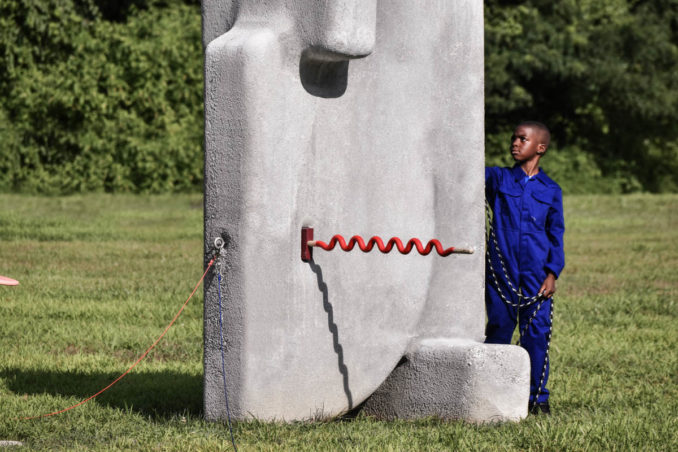
Matter Design sculpted the elements with cryptic details that entice curiosity. These details are as practical as they are cryptic, with alignments to themselves as well as to the cosmos. These alignments are developed in concert with the curriculum of the school. Over the course of their education, students are challenged to discover the meaning behind these design decisions, to calculate their coordinates, and to understand the logic of how high design can influence their whimsical, but rigorous education.
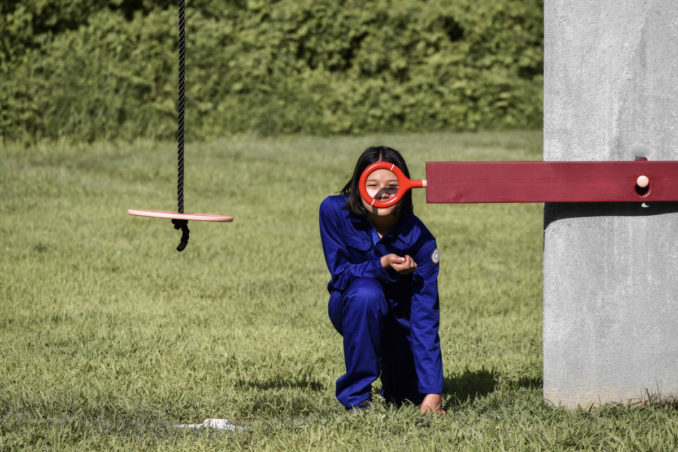
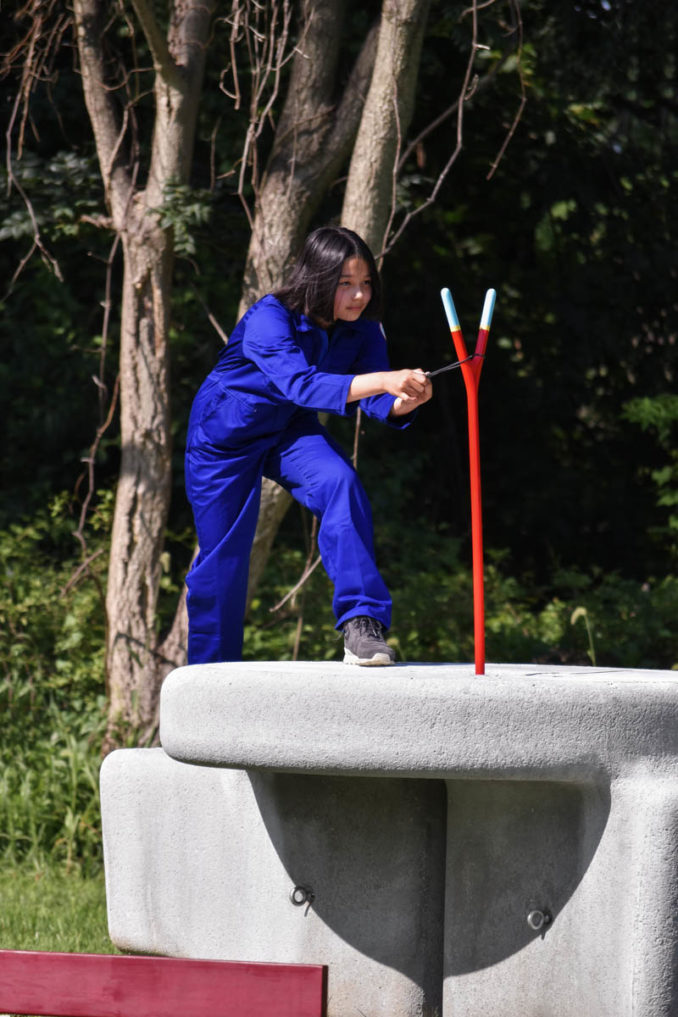
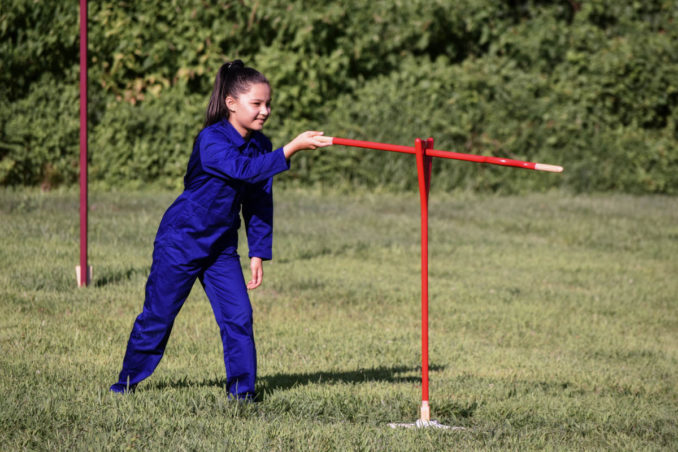
To spark agency for the students, a family of wooden instruments, called ‘glyphs’, serve as a starter kit to bring the play-lab to life. Reminiscent of a type-set, each is unique, but share properties with their neighbors. These colorful tools have dimensions and forms that suggest a usefulness without overtly prescribing singular functions. This blending of utilitarian and ceremonial pressures is crafted to inspire a state of world-building. As a system, the glyphs are designed to be expanded as the students develop their own language.
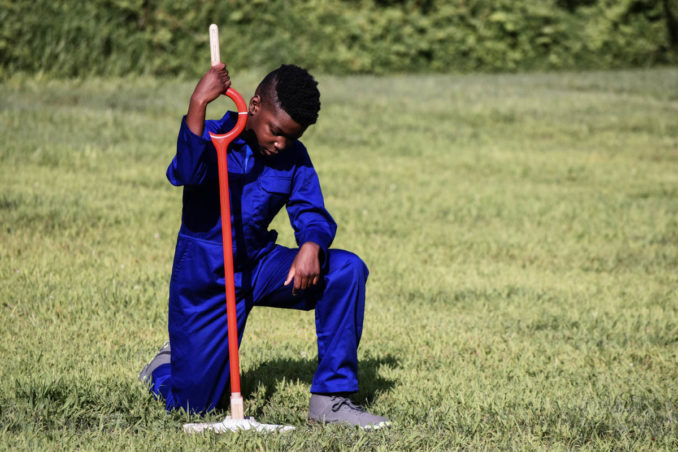

The concept for this play-lab is to create a space that provides a foundation to encourage the development of a world that need not rely on deterministic outcomes. The more time spent with the play-lab, the deeper the understanding, which in turn unlocks greater discoveries for the students and teachers to unpack. The goal of this work is not only to impact the education of students at The Grayson School, but also to offer a possible re-imagination of how we integrate play into adolescent education.
“By designing this play-lab to address the under-represented category of adolescent play, we had to overcome the association that the term ‘play’ has with early childhood—one dedicated to physical activities such as swings, slides, or monkey bars. Adolescents deploy their imaginations differently; through intellectual challenges, rigorous experiments, and world-building. Crafting an infrastructure for young adults to play in served as an incredibly rewarding design challenge for us.” — Brandon Clifford, Matter Design
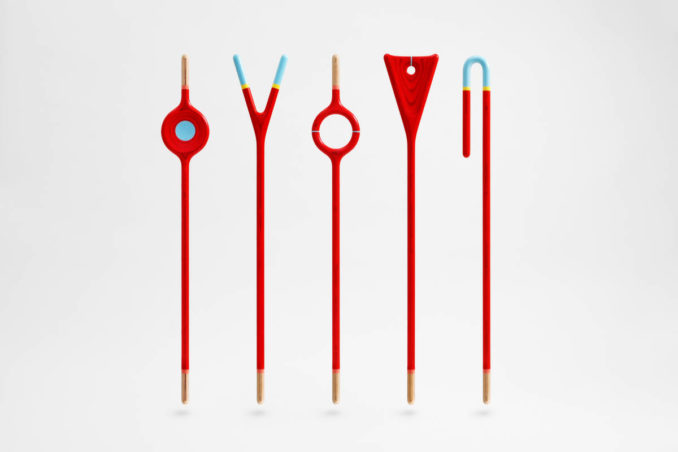
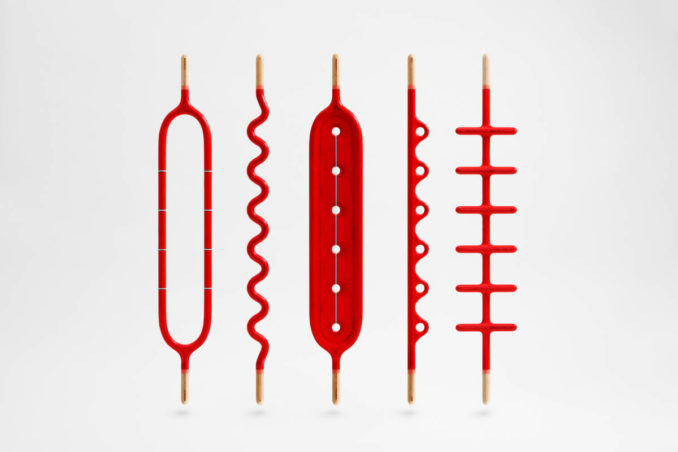
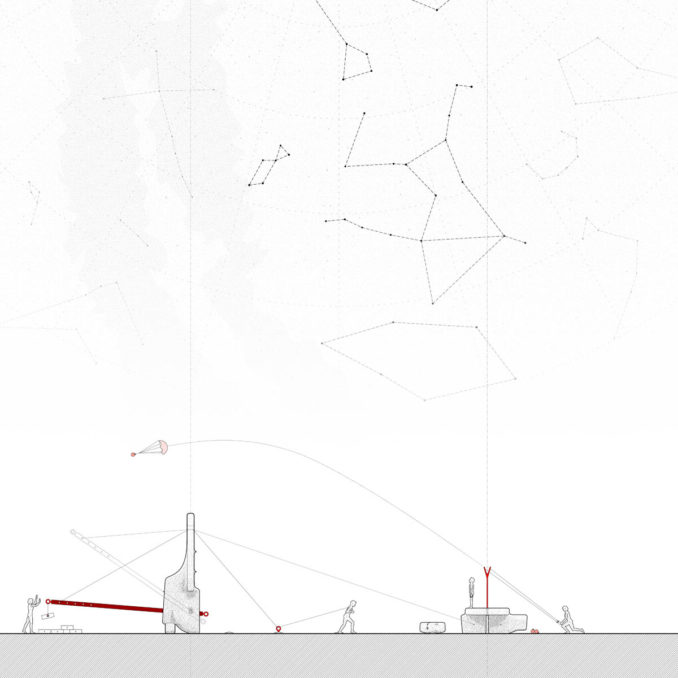
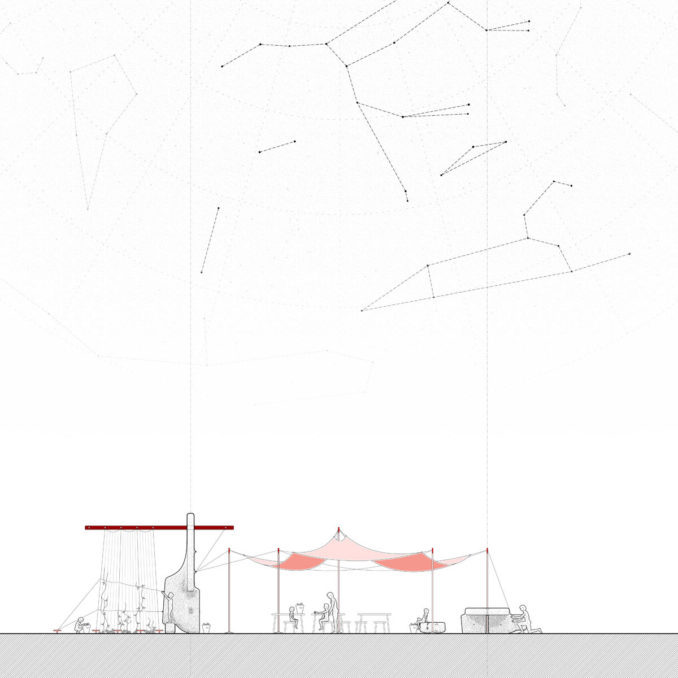
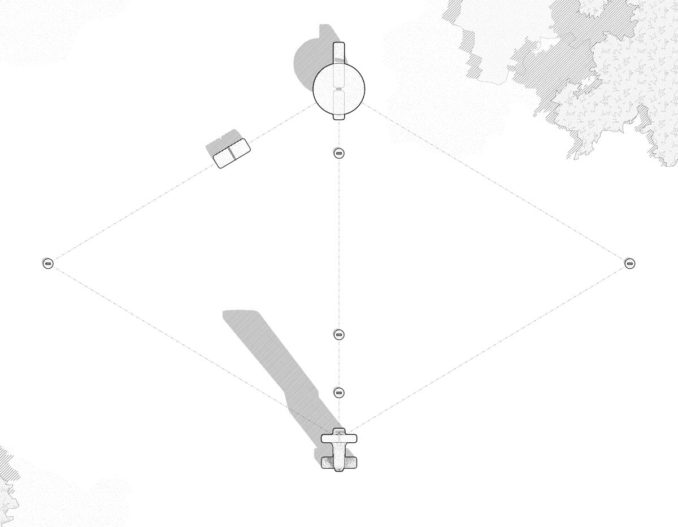
Grayson Play-Lab
Location: Radnor Pennsylvania
Year: 2020
Size: 62ft x 40ft x 16ft
Site: The Grayson School
Material: Concrete, Wood, Rope, & Hardware
On-site construction: Zach McWilliams, 8 Chestnut
Principals: Brandon Clifford & Johanna Lobdell
Project leads: Emily Whitbeck, Kevin Marblestone, Matthew John Meyers, & Tyler Swingle
Project team: Gil Sunshine \ Marianna Gonzalez-Cervantes Acknowledgements: Funding provided by the Massachusetts Institute of Technology, CEMEX Global R&D, The Grayson School, and Matter Design.
Photo and Image Credits: As captioned


